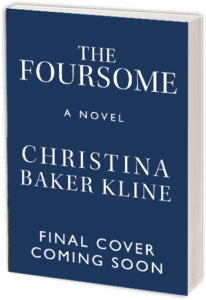 Last night, reading Anthony Doerr’s lovely essay, “Butterflies on a Wheel,” in a recent issue of Granta, I came across this line: “The brain contains, always, two opposing desires: the urge to stay and the urge to run.”
Last night, reading Anthony Doerr’s lovely essay, “Butterflies on a Wheel,” in a recent issue of Granta, I came across this line: “The brain contains, always, two opposing desires: the urge to stay and the urge to run.”
I read it again. The urge to stay and the urge to run. The phrase echoed in my mind: I had encountered this idea somewhere before. Then it came to me. In Madame Bovary, Flaubert says, “Always there is a desire that impels and a convention that restrains.”
That same word: desire. Stay/restrain, run/impel. Flaubert’s idea is larger, encompassing as it does the notion of social mores and expectations. But convention might as easily come from within as without, and the fact that these forces are in constant tension within us is both a truism and an idea that bears repeating.
It really doesn’t matter whether Anthony Doerr remembered the line from Madame Bovary. I imagine he didn’t. This idea – doubtless repeated in different ways by countless writers over the years – is perennially interesting. Reshaped for a new time and circumstance and refreshed by context, it becomes new again.
(The title itself, “Butterfly on a Wheel,” is an allusion to a line in Alexander Pope’s Epistle to Dr Arbuthnot: “Who breaks a butterfly upon a wheel?” about the foolishness of expending great effort on an inconsequential task. Same conceit, new iteration …)

